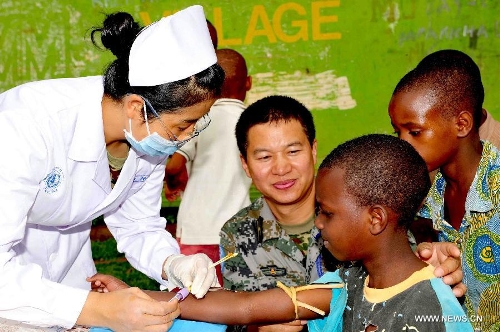 |
| Chinese doctors in the DRC. photo: Global Times |
Friday, January 17, 2014
Chinese and Belgian Aid in the Congo
 Follow me on Twitter @D_Brautigam. Professor and Director, International Development Program, Johns Hopkins University/SAIS; Visiting Professor, University of Bergen, Norway; and author of The Dragon's Gift: The Real Story of China in Africa (Oxford U. Press, 2009, 2011). A China scholar, I first went to Africa in 1983 to research Chinese engagement and never stopped. © Deborah Brautigam 2010, 2011, 2012, 2013.
Follow me on Twitter @D_Brautigam. Professor and Director, International Development Program, Johns Hopkins University/SAIS; Visiting Professor, University of Bergen, Norway; and author of The Dragon's Gift: The Real Story of China in Africa (Oxford U. Press, 2009, 2011). A China scholar, I first went to Africa in 1983 to research Chinese engagement and never stopped. © Deborah Brautigam 2010, 2011, 2012, 2013.
Subscribe to:
Post Comments (Atom)

No comments:
Post a Comment